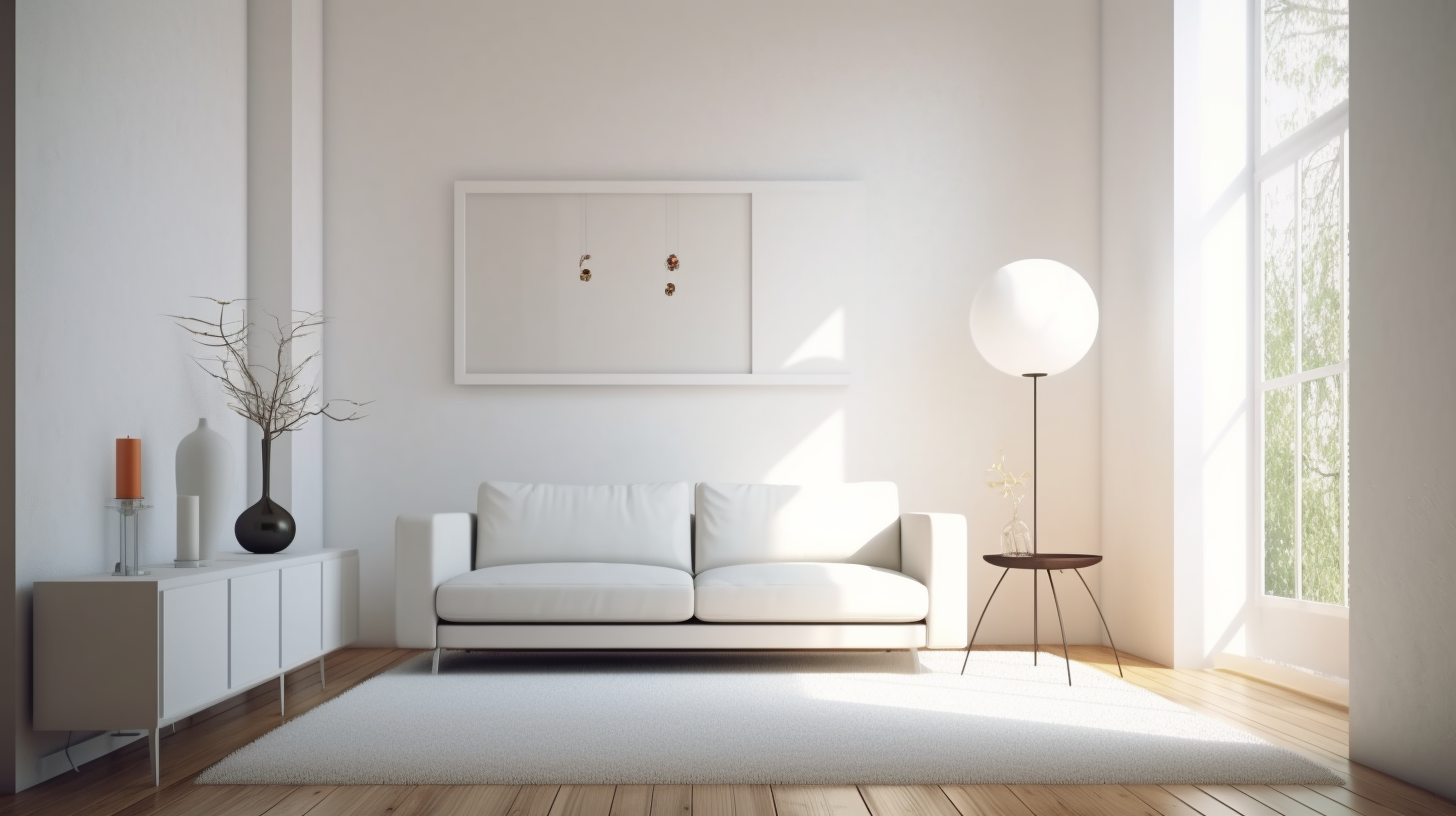
Embracing White Space
Why Less Is More in UX Design
3 minute read
It is a challenge all designers have faced at one time or another: Convincing a stakeholder or product owner that white space is not wasted space.
It’s a situation familiar to many designers: you’ve crafted a sleek, functional user interface only to have stakeholders ask you to add more — more options, more content, more graphics. Sound familiar? For UX designers, it’s a common challenge to demonstrate that white space is not wasted space, but rather a critical element for creating an efficient, user-friendly experience.
The Struggle Is Real
To some stakeholders, white space is seen as unused real estate that should be filled with more features or content. This belief can lead to cluttered interfaces that negatively impact usability and user satisfaction. As UX professionals, our job is to overcome this resistance by showing the tangible benefits of white space through real-world examples and empirical evidence.
Making a Case for White Space
Improved Readability and Comprehension
Contrary to the instinct to fill up every inch, studies have shown that white space can significantly improve readability and comprehension. However, it’s crucial to find the right balance. A study found that over 50% white space could impact usability negatively, suggesting the need for a strategic approach to its use, especially in eCommerce web designs.
Enhanced Visual Hierarchy
White space isn’t just about aesthetics; it establishes a clear visual hierarchy, guiding users to the most crucial parts of your site. Research has shown that users' web browsing experiences, including usability preference and perceived value, are influenced by the amount of white space, with variations in preferences observed across different user groups, such as middle-aged users and university students.
Reduced Cognitive Load
A clutter-free interface doesn’t just look better; it eases the cognitive load on users. While specific figures can vary, the principle that strategic use of white space can reduce visual clutter and help users process information more efficiently is well-established in usability studies.
Increased User Engagement
The allure of white space goes beyond mere functionality; it can increase user engagement. Participants in various studies have shown a preference for more white space, which aligns with increased usability and aesthetic value.
The Bottom Line
The impact of white space in UX design is a balance of art and science. As these studies suggest, white space can improve usability, enhance visual hierarchy, reduce cognitive load, and increase user engagement. Yet, it’s essential to understand the context and your audience to get it right. For eCommerce, where every inch might count for conversion, be strategic with white space. For educational or content-focused sites, white space can be a powerful tool to aid learning and comprehension.
Next time you’re advocating for the value of white space in design, remember: less can indeed be more, but it’s the strategic use of less that often matters most.
Until next time…
What are your thoughts? Join me in the conversation over on Bluesky Social and LinkedIn